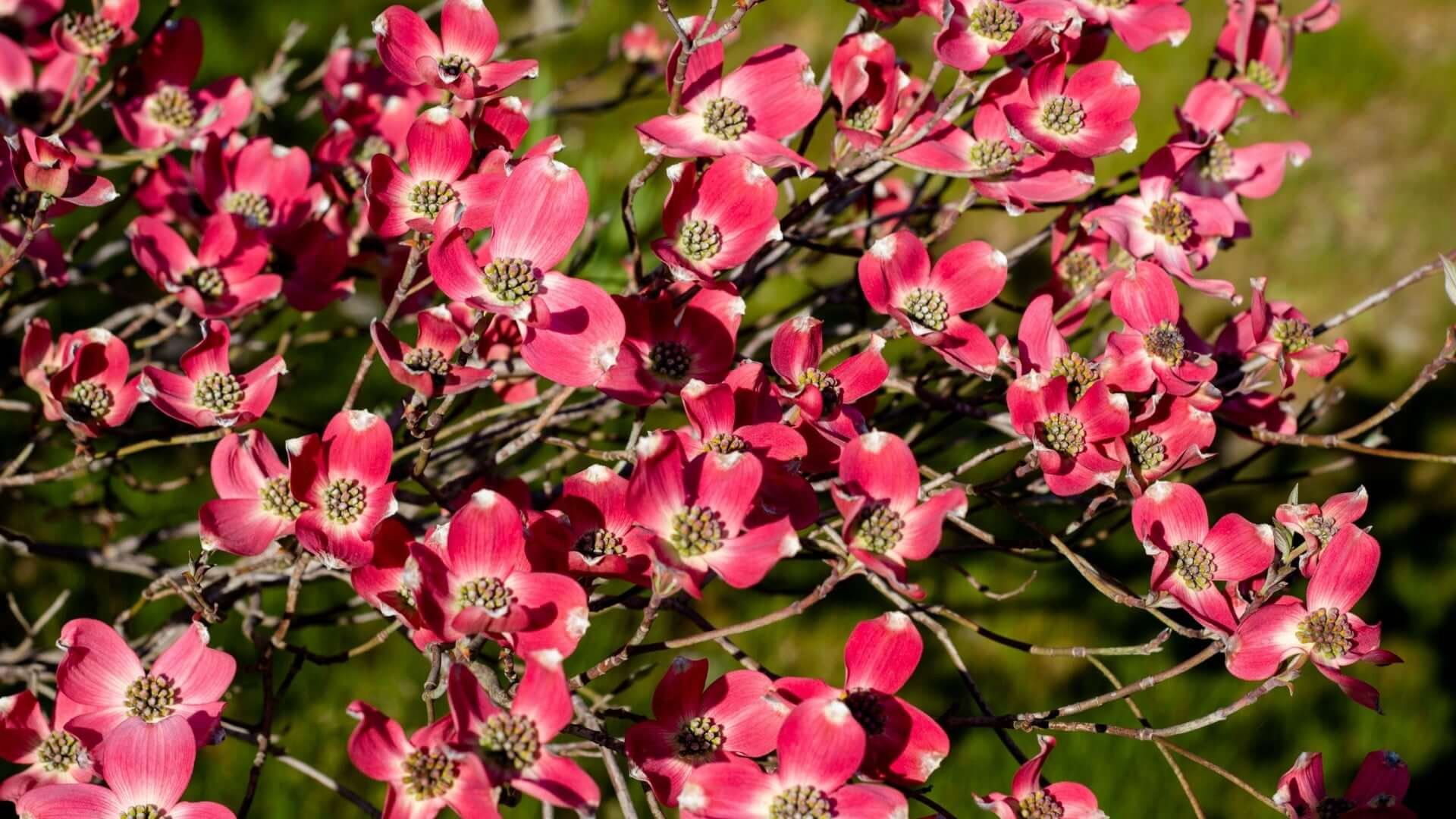The white pine tree is a majestic addition to any landscape, offering beauty, practicality, and an eco-friendly choice for property owners who appreciate nature's gifts. With its long, soft needles and towering height, the white pine is not only a visual standout but also plays a vital role in providing shelter for wildlife. Whether you're drawn to its graceful appearance or its usefulness in your yard, there are plenty of aspects to explore when planting and nurturing this evergreen.
How quickly do white pine trees grow?
White pine trees are known for their relatively fast growth, mainly when planted in ideal conditions. They can grow around three feet per year, especially in youth, making them an excellent choice if you're looking for a tree that quickly adds height and fullness to your garden. This rapid growth is part of what makes the white pine so appealing to landscapers and gardeners alike. These trees can reach impressive heights within just a few years, often growing to 50 feet or more in about 20 years.
Various factors, including soil quality, water availability, and sunlight, can influence the growth rate. White pines prefer well-drained, slightly acidic soils, and while they can tolerate a range of conditions, they will thrive best in fertile, loamy soils. Adequate water supports their rapid growth, particularly in their early life stages. Once established, white pines are relatively drought-tolerant and can handle dry spells without much intervention. As far as sunlight goes, white pines love full sun, which supports their robust growth and helps them achieve their full potential.
How much is a white pine tree worth?
White pine trees can be valuable both economically and aesthetically. Their worth can vary greatly depending on the tree's age, size, condition, and intended use. In commercial forestry, white pines are prized for their wood, which is soft yet durable and easy to work with. It is commonly used in construction, cabinetry, and furniture making, contributing to the tree's financial value. A mature white pine can be worth a significant amount, mainly if it is of high quality and has been grown in optimal conditions.
However, the worth of a white pine isn't just measured in dollars. In a home landscape, its value also comes from its power to improve the natural beauty of your property, offer shade, and provide shelter for wildlife. Birds, such as warblers and woodpeckers, are often drawn to white pines, making it an essential tree for those who enjoy birdwatching. In this way, white pines offer immeasurable value in the tranquility and natural beauty they bring to your outdoor spaces.
What are the disadvantages of the white pine tree?
Though white pine trees are beloved for their beauty and utility, they come with some challenges. One of the primary disadvantages is their susceptibility to certain pests and diseases.
Another potential downside is the tree's vulnerability to wind damage. Because white pines grow tall and have relatively shallow root systems compared to their height, they are sometimes prone to tipping over or losing large branches during storms or high winds. Planting your white pine in a location with wind protection can help mitigate this risk.
Additionally, white pine needles can be acidic, and when they fall in large quantities, they may slightly alter the pH of the soil beneath the tree. This can affect nearby plants sensitive to changes in soil acidity, making it essential to consider what companion plants you choose if you are integrating white pines into your landscape. This is worth noting for gardeners who carefully curate plant pairings when planning their planting layout.
Where is the best place to plant white pine?
White pines flourish in locations where they receive full sun and have ample space to grow. At full maturity, they can reach 80 feet or more, with a spread of 20 to 40 feet, so they are best suited to large yards or open spaces where they won't be crowded. When selecting a planting site, consider their size and avoid placing them too close to buildings, power lines, or other structures.
These highly adaptable trees thrive in zones 3-8, making them appropriate for various climates across North America. However, they prefer cooler temperatures and do best in regions where summers aren't sweltering. If you live in a warmer climate, it's essential to ensure that your white pine gets adequate water and is planted in a location that relieves the intense afternoon sun.
White pines also appreciate well-drained soil, and planting them on a slight incline or raised site can help stop water from gathering around their roots, which could lead to root rot. While they can take drought once established, providing consistent moisture during the first few years is best to ensure strong root development.
The white pine tree is a fast-growing, valuable, and versatile addition to any landscape. Proper care, attention to site selection, and management of potential challenges will reward you with years of beauty and utility. Whether you're planting for shade, aesthetics, or wildlife, white pines are an excellent choice for those seeking to create a peaceful, natural space in their yard.
Read more

With its moderate growth, compact height, seasonal planting requirements, and enduring lifespan, the Red Flowering Dogwood is a delightful choice for any landscape. Its beautiful red blooms bring j...

The beauty of a sourwood tree lies in its height, versatility, and ability to provide year-round interest. Whether you're drawn to its stunning foliage, graceful flowers, or the wildlife it attract...



